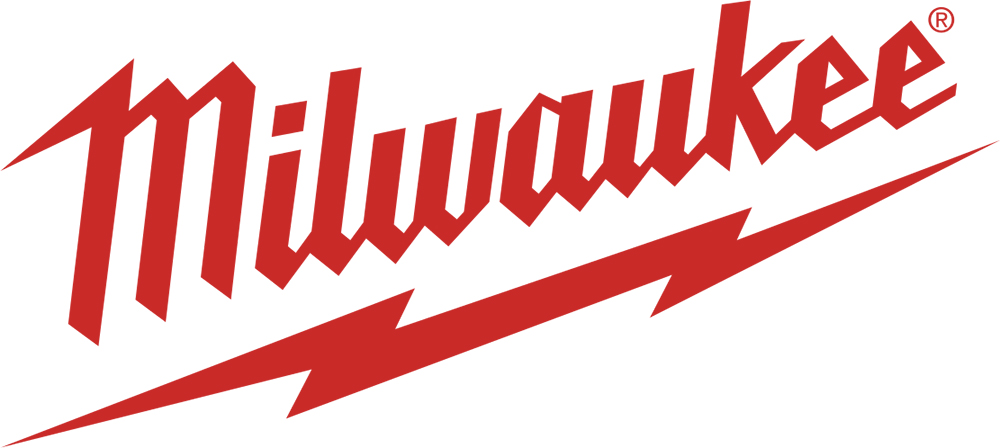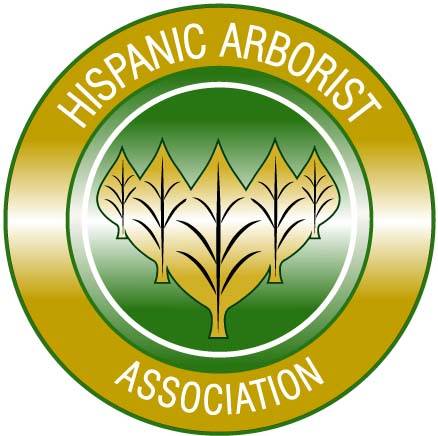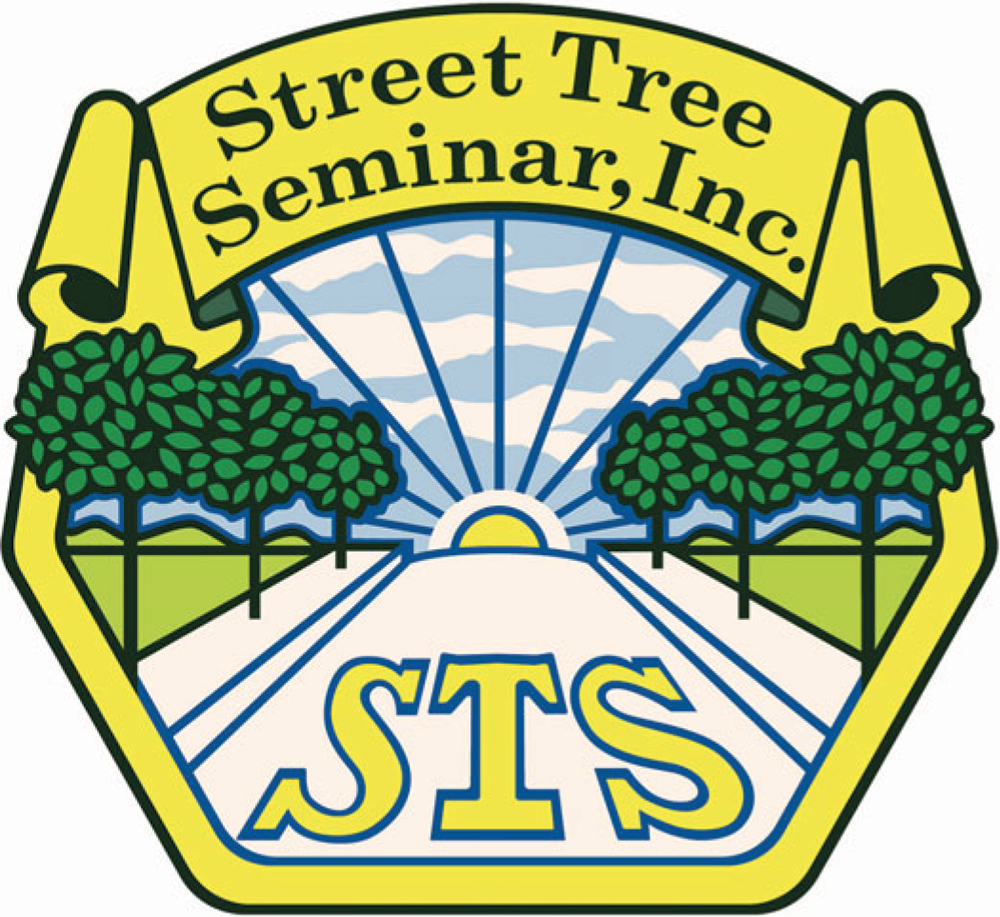
Best Practices of Tree Planting By Richard Gibney, PLA, ISA After planting a tree, it is best to create a uniform mix throughout the transition zone where the roots must grow. Recent research indicates that amendments such as peat moss, compost, composted manure, or hydrogels will enhance soil water retention when mixed with the parent material. Moreover, adding no more than one-third (by volume) of a well-composted source of organic matter will reduce compaction when worked into the top 24-36 inches (60-90 cm) of a planting bed. Too much soil amendment, however, can create shrinkage and moisture gradients as well as cause the roots to be confined to the planting hole.  Above: The first step to successfully planting a tree is removing the basket from the root system. Never backfill the planting pit using only amended soil. If an amendment is going to be made based on the soil conditions, it should be applied in the manner necessary to correct soil deficiencies and in the largest area possible. For example, if the soil is sandy, it may be necessary to add a 4-to-5-inch (10-12 cm) layer of compost mixed into the top 24 inches (60 cm) of previously tilled topsoil. If the soil is clay, it may be necessary to add 9-10 inches (21-23 cm) of compost to loosen the soil for proper root development. Tree Installation With or without amendments, a large planting area should be loosened to expedite root growth. The sooner the roots can grow into the surrounding soil, the sooner the tree will become established and recover from transplant shock. The surrounding soil should be loosened down to the depth of the tree's root system and horizontally to a distance of at least three times the length of the roots. Loosening any compacted soil, cracks, and fissures will provide avenues of growth and expansion for the newly developing roots. In the center of the prepared area, dig a shallow hole where the tree will be set. The planting hole must be wide enough to accommodate the roots without bending any of them. The hole should allow the root ball to sit on ground that is solid but not compacted rather than in loose soil. Once the tree is set in the hole, the flare should be level with or 1 inch (3 cm) above the existing soil level. Position the tree so that it stands vertical and its branches will cause no harm to abutters. Drainage is vital to the tree's survival and must be correct at the time of installation. Small trees have a shallow root ball and are better suited for installation on wet sites. If large-sized nursery stock is necessary for a poorly drained site, purchase trees with a shallow root ball, or plant on a mound to keep the roots above the water table.  Above, Bottom Far Right: Planting at the right height so that root flare is visible above the mulch is beneficial. When the installation is finished, consider building a berm of mulch (preferred) or soil (less preferred) around the root ball circumference to hold rain and irrigation water. Keep this saucer less than 4 inches high. It is more appropriate to make the berm from mulch, since the berm typically ends up on top of the root ball where mulch is desirable. If your area remains frozen in winter, breach or remove the berm just before the first solid freeze so water is not trapped on the surface. Installation on Slopes Early practice suggested the tree be installed with the flare on grade or one inch (2.5 cm) higher, and that there would be a cut on the uphill half of the tree pit and fill on the lower half. However, current research requires that the root flare be 1 inch (2.5 cm) higher than the uphill side to prevent the tree from being installed too deep. The root ball on the downhill side will be covered with a mound of fill. Mulching Two to four inches of organic mulch around the tree results in a noticeably improved survival rate in addition to improved transplant shock recovery and subsequent growth. Combined with regular, adequate irrigation, mulch is the most effective measure to ensure tree installation success. Remember to keep the mulch from directly touching the trunk. Watering Supplying adequate water to trees ensures plant survival and long-term health. Poorly drained soil is the most common cause of plant mortality. Never put rocks or gravel in the bottom of the hole to improve drainage unless it is connected to a drain system. Pruning During installation, remove all dead, damaged, or weak branches and roots along with one of any co-dominant leaders. Also, consider whether pruning to correct structural defects should be done now or in a couple of years when the tree has been established. There is no need to remove a third of the top growth. Research has proven that this heavy pruning, which is intended to compensate for root loss, has no benefit whatsoever and may even retard the tree's recovery from root loss during transplanting. Trees need every possible leaf to make the food necessary for replacing the missing roots. Weed Control Weeds in the root ball must be controlled by hand pulling or with mulch. Small nursery stock may be the better choice for weed control because small trees establish and grow quickly and are better able to compete with weeds.  Above: Gibney recommends watering thoroughly after planting to maximize tree survival.   Placement, selection, and site consideration are just some things to remember when planting a tree. Trees have many benefits, including the reduction of cooling costs from added shade, improved air quality, curb appeal, reduced erosion, and noise minimization. According to the USDA, a one percent uptick in home value can occur when homeowners add trees around a home. However, like with any design or project, it is important to take careful consideration when planning based on the specific site. For example, according to Texas A&M AgriLife, during this phase, you should evaluate the site, consider the mature size of the tree, the site’s climate and soil, the overall design plan, shade, existing structures, wildlife, and long-term tree care. The Arbor Day Foundation recommends considering the growth rate, hardiness zone, and whether the tree is deciduous or evergreen. They offer planting guides for bare root, balled and burlapped, and containerized trees, as well as tailored care instructions. Adding a mulching ring around the planting site and avoiding the trunk helps keep grass and weeds from taking water and nutrients from the tree as part of the maintenance plan. |





























